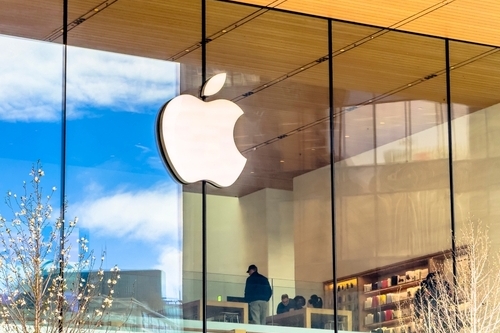TREASURIES-Yields rise with Fed policy in focus, European bond selloff weighs

By Karen Brettell
Aug 15 (Reuters) - U.S. Treasury yields rose on Friday and 10-year yields hit a two-week high as traders cut bets that the Federal Reserve will make a larger-than-usual interest rate cut next month, and as they were dragged higher by increases in European government bond yields.
The Fed is seen as being almost certain to cut rates in September as the labor market and other economic indicators point to a slowing economy. So far tariffs have not passed through to consumer price inflation, which boosts the chances of a cut next month.
Hotter-than-expected producer price inflation on Thursday, however, tempered expectations that the U.S. central bank will undertake a larger-than-typical 50 basis points move.
"The way it feeds into core PCE (Personal Consumption Expenditures), you're going to see it coming up a little bit firmer. So the levels are not as attractive to justify an outsized cut," said Jan Nevruzi, U.S. rates strategist at TD Securities.
Fed Chair Jerome Powell has expressed reluctance to cut rates as he anticipates U.S. President Donald Trump’s tariff policies will increase inflation this summer.
Investors will focus on whether Powell pushes back against market pricing of rate cuts at the U.S. central bank’s annual economic policy symposium in Jackson Hole, Wyoming, next week.
“The yield curve keeps steepening. I think that's a function of the Fed rate cuts that are coming in September,” said Tom di Galoma, managing director at Mischler Financial Group. “I don't think they're going to do 50 in September. I think 25 is probably more logical at this point, just given the fact that Powell seems to be reluctant to go at all.”
Chicago Fed President Austan Goolsbee on Friday left the door open to supporting an interest-rate cut in September should fresh data prove reassuring, but said recent reports showing a rise in services inflation give him some pause amid what he calls the "stagflationary" impulse from tariffs.
Data on Friday showed U.S. retail sales increased solidly in July, boosted by strong demand for motor vehicles as well as promotions by Amazon and Walmart.
The 2-year note US2YT=RR yield, which typically moves in step with Fed interest rate expectations, was last up 2 basis points on the day at 3.759%.
The yield on benchmark U.S. 10-year notes US10YT=RR rose 3.5 basis points to 4.328%.
The yield curve between two-year and 10-year notes US2US10=TWEB steepened by around 2 basis points to 56.7 basis points and earlier reached 57.6 basis points, the steepest since July 16.
Longer-dated yields are being pulled higher in line with increases in European government debt yields.
“Curves keep steepening there and they just keep selling off,” di Galoma said.
German 10-year yields DE10YT=RR reached 2.793% on Friday, the highest since March 26. German 30-year yields DE30YT=RR reached 3.361%, the highest since 2011.
"It's more of a global phenomenon where the long end is under pressure," Nevruzi said.
Analysts at ING said on Friday that implied volatility increases in the very long end of the euro swap curve are likely due to an upcoming Dutch pension transition.
“We are seeing this behavior in the US where the fiscal deficit is worrying investors, but in the euro space the 30Y swap spread has remained fairly constant the past months. We therefore see the anticipated Dutch pension funds’ rotation away from longer-dated swaps as a potential driver behind recent moves,” they said.
Traders are also focused on talks to end the Russian war in Ukraine.
Trump and Russia's Vladimir Putin arrived in Alaska on Friday for their summit. Trump said he wants to see a ceasefire in the war in Ukraine "today."





